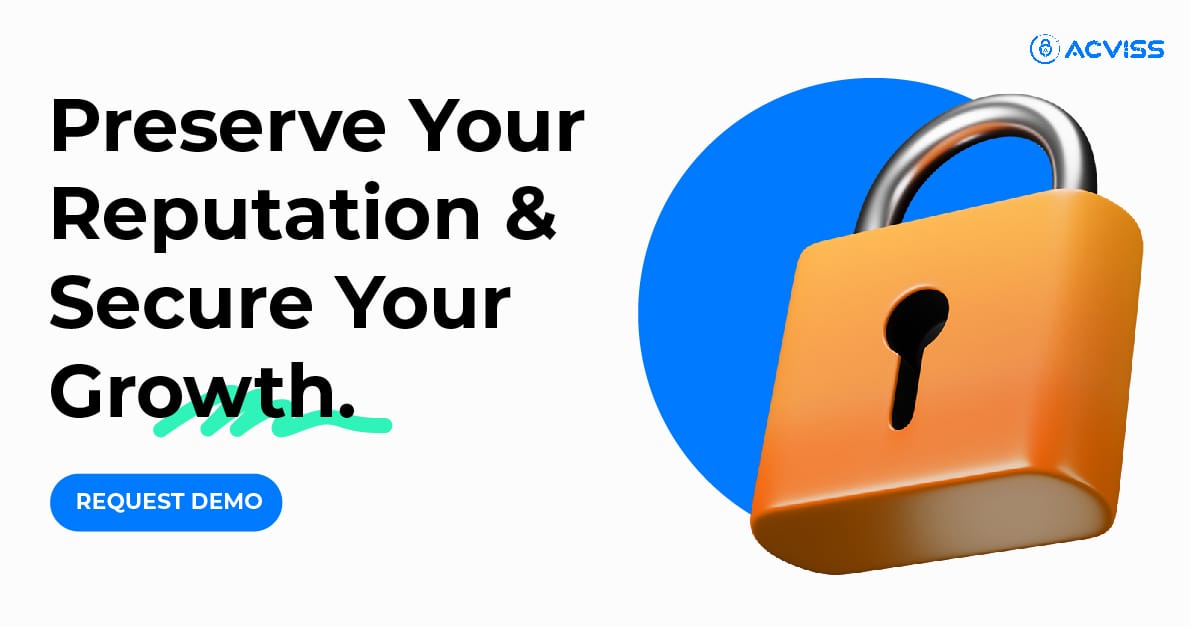How QR Code Authentication is Becoming a Standard in Consumer Packaged Goods
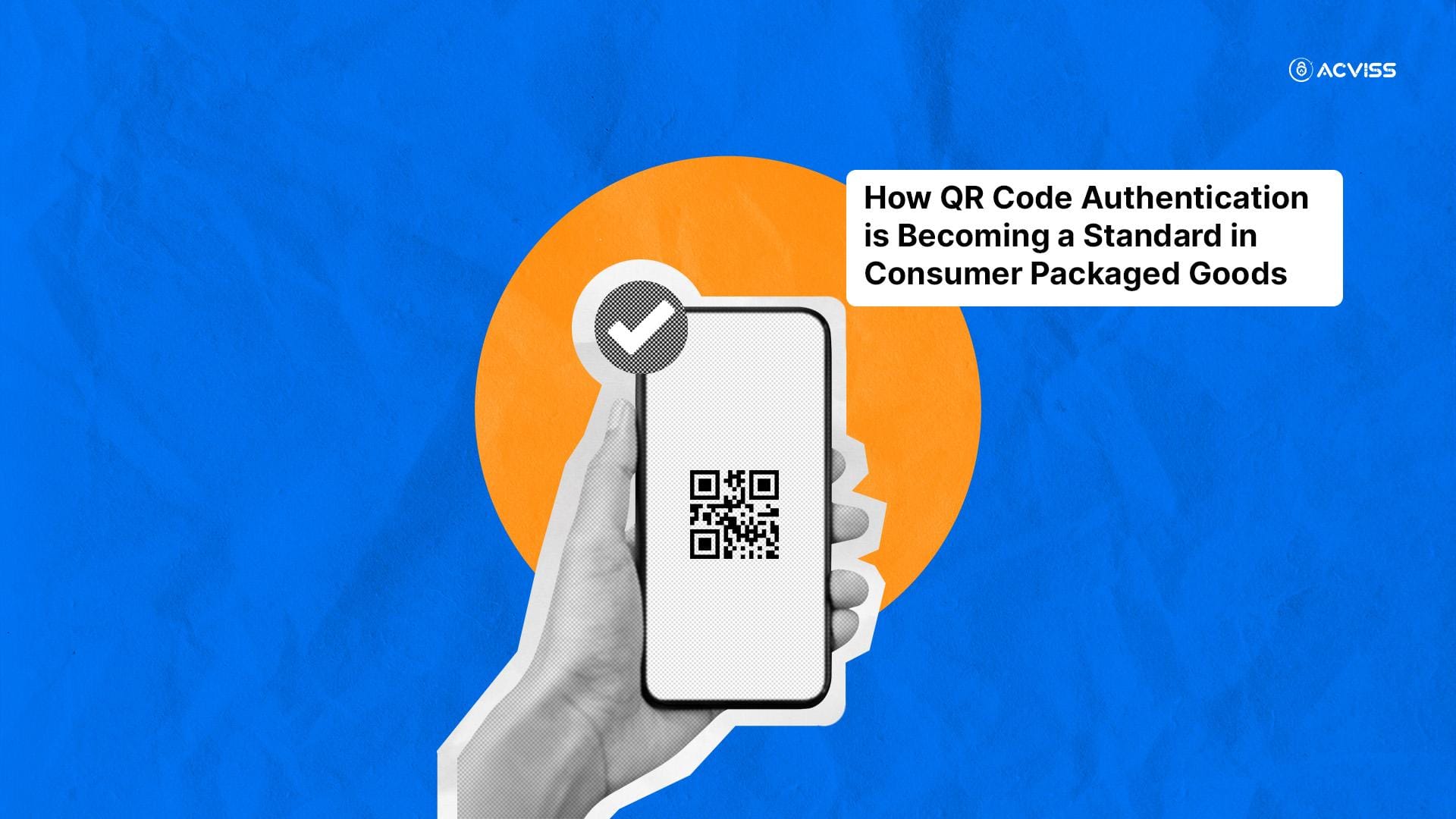
Walk through any modern retail aisle and you will notice one quiet, almost invisible change sweeping across the packaging of everyday goods: QR codes. Once considered a marketing gimmick, these small black-and-white squares have now transformed into one of the most trusted tools for product authentication, brand protection, and supply chain management.
As consumer awareness of counterfeiting grows and as global supply chains become more complex, QR code authentication is fast becoming a standard across the consumer packaged goods (CPG) industry. What was once an optional layer of consumer engagement has now matured into a critical component of anti-counterfeiting solutions and product traceability technologies.
In this article, we will unpack how QR code authentication is reshaping the consumer goods market, why it is being embraced at scale, and what it means for brands trying to safeguard their intellectual property.
The Counterfeiting Challenge in Consumer Packaged Goods
The consumer packaged goods sector faces a relentless threat: counterfeiting. From food and beverages to cosmetics, personal care products, and even FMCG staples, counterfeit versions infiltrate markets globally, eroding brand trust and endangering consumer safety.
- According to the OECD, international trade in counterfeit and pirated goods represents 3.3% of global trade, worth over USD 500 billion annually.
- In India alone, the ASPA reported that the counterfeit trade in FMCG and packaged products costs industries thousands of crores annually.
- For pharmaceuticals and nutraceuticals, fake products not only cost revenue but also risk consumer health and safety.
This widespread infiltration directly threatens trademark protection, IP protection, and the very credibility that consumer-facing brands spend decades building. Traditional defensive measures such as holograms or batch codes are no longer sufficient, as counterfeiters are becoming more sophisticated with cloning technologies.
This is where product authentication solutions such as QR codes have started proving their worth.
Why QR Codes? The Evolution from Marketing to Authentication
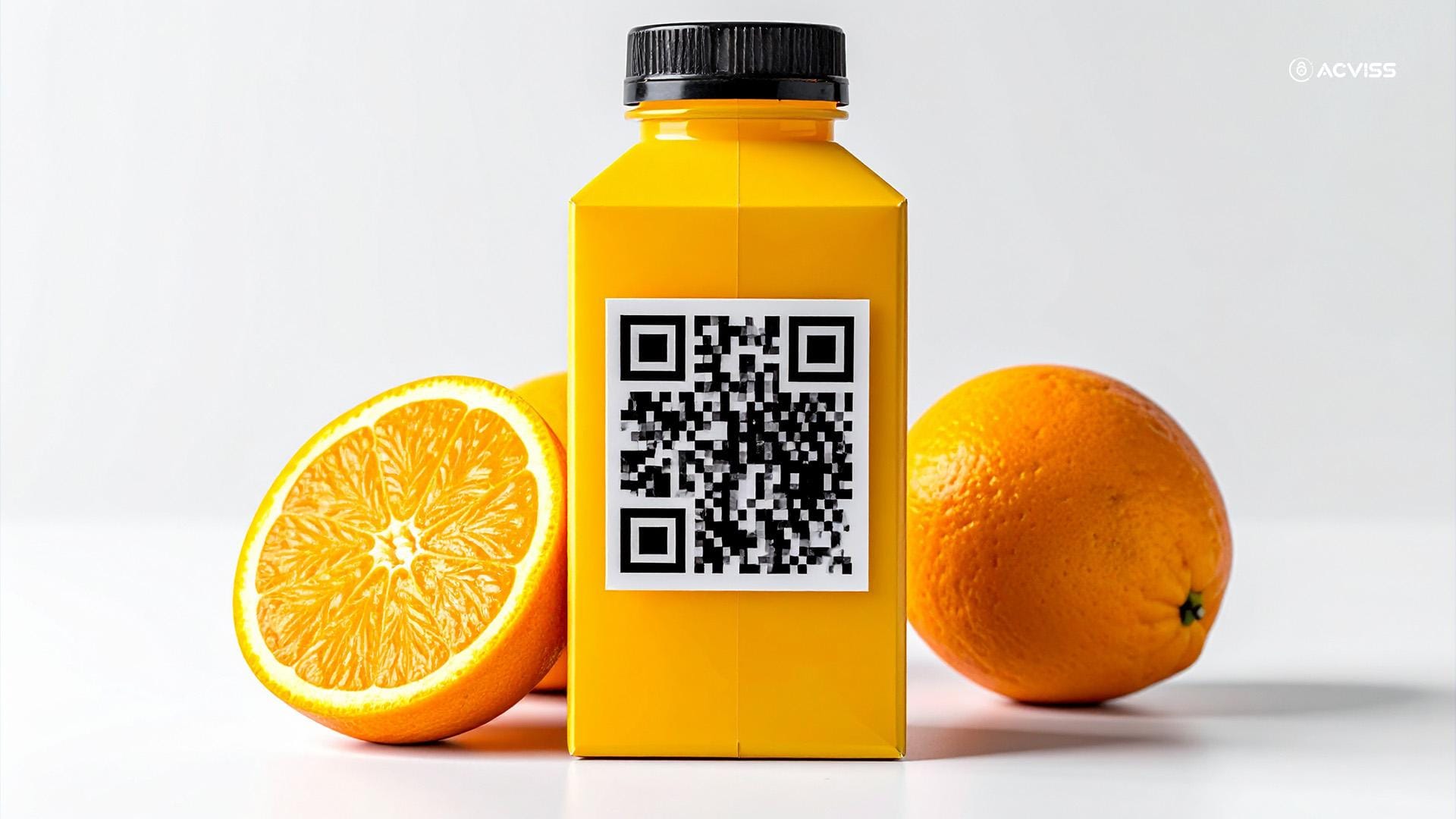
QR codes originally gained attention as interactive marketing tools, offering consumers a gateway to promotional offers, videos, or landing pages. However, their true potential emerged as industries realised their capacity to enable product verification.
Today, QR codes serve as a bridge between the physical product and its digital identity. Each scan can confirm the authenticity of the item, validate its product traceability, and provide brands with real-time data on consumer engagement.
The reasons for their adoption in brand authentication include:
- Unique Identification
Every QR code can be generated with a unique, tamper-resistant signature, linking directly to the product’s origin. This makes it almost impossible for counterfeiters to duplicate at scale if paired with advanced technologies like non-cloneable codes. - Consumer Accessibility
Unlike specialised scanners required for older technologies, QR codes can be scanned by any smartphone, democratising product verification. - Integration with Supply Chain Systems
QR codes can be integrated into track and trace systems, enabling end-to-end visibility across the supply chain, from manufacturing units to retail shelves. - Regulatory Alignment
With global regulators increasingly mandating digital traceability, QR codes meet compliance needs while enhancing consumer trust.
QR Codes as a Pillar of Brand Protection
For brands, QR codes are no longer just about engagement; they have become a frontline defence in brand protection solutions. Counterfeiting erodes margins, damages reputation, and compromises IP protection. In such a climate, QR code authentication acts as both shield and magnifier: it deters counterfeiters and simultaneously strengthens consumer trust.
Enhanced Brand Verification
When consumers scan a QR code, they expect more than just a yes-or-no confirmation. They seek reassurance that their purchase is genuine, complete with details such as:
- Manufacturer’s name
- Date and place of production
- Warranty or shelf-life information
This transparent brand verification instils confidence and reduces after-sales disputes.
Integration with Anti-Counterfeiting Technologies
QR codes alone can be copied, but when enhanced with non-cloneable technologies, they become powerful tools in brand authentication. Acviss Yellow Code, for instance, make QR codes non-replicable, ensuring that every scan leads to a legitimate verification channel.
By embedding these codes onto packaging, brands can establish a layer of security that counterfeiters cannot easily bypass.
Beyond Authentication: Enabling Product Traceability
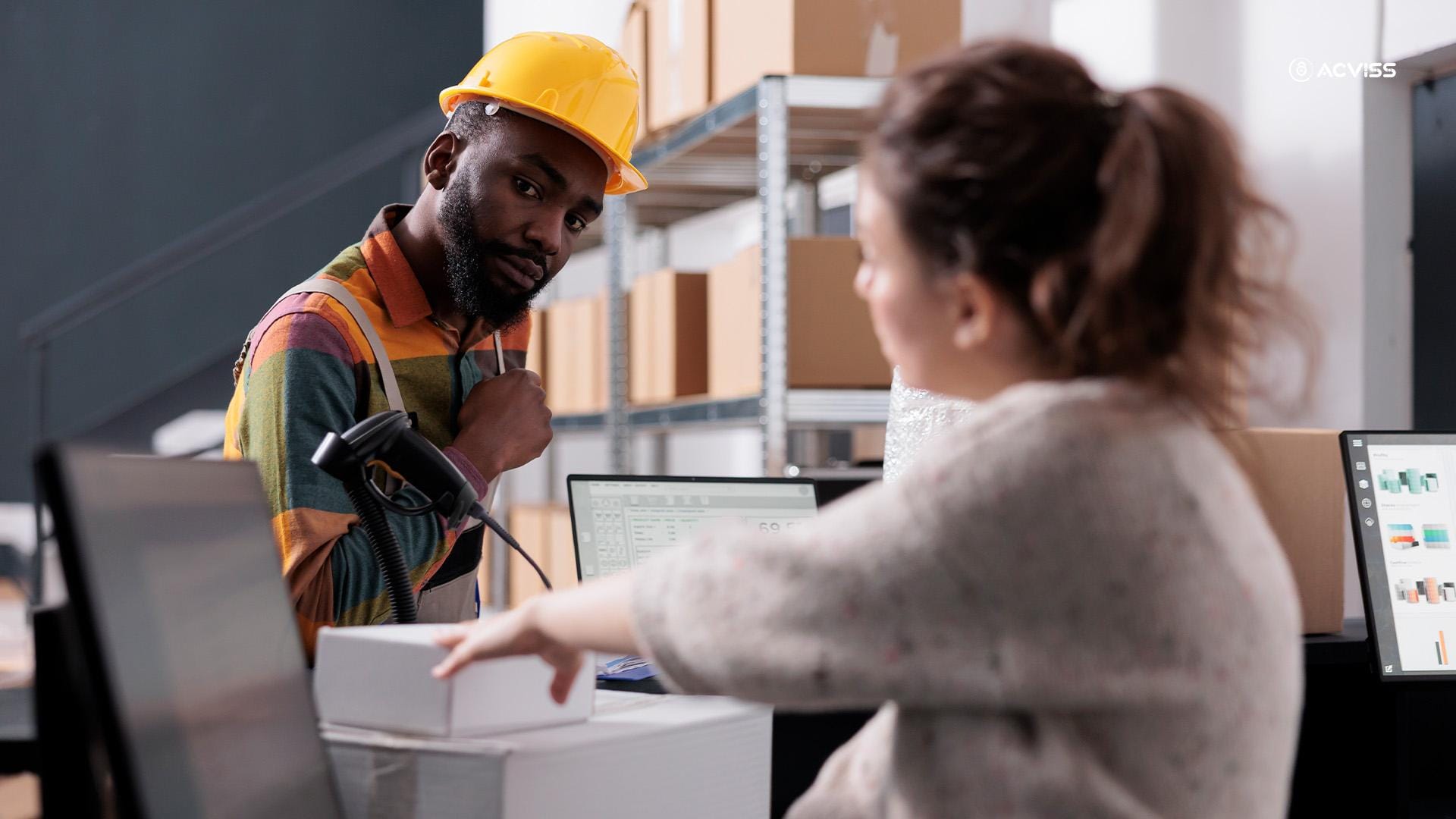
The significance of QR code authentication extends beyond confirming whether a product is real. It plays a crucial role in product traceability and supply chain management.
End-to-End Track and Trace
With each QR code tied to a digital record, brands can implement track and trace across the entire product lifecycle. This ensures visibility at every stage:
- Manufacturing
- Distribution
- Warehousing
- Retail sales
Such systems not only deter counterfeit infiltration but also allow brands to identify bottlenecks, prevent diversion, and improve inventory management.
Analytics and Consumer Insights
Every QR code scan provides valuable data points. Brands can analyse patterns such as where and when consumers verify their purchases, what regions show higher counterfeit alerts, and how customers interact with the product post-purchase.
This dual-purpose system strengthens both brand protection and consumer engagement strategies.
The Consumer Perspective: Building Trust Through Transparency
Counterfeiting is not just a corporate challenge; it is a consumer rights issue. Shoppers today are far more discerning and demand proof of authenticity.
A recent survey by Label Insight revealed that 94% of consumers are more loyal to brands that provide complete transparency. QR code authentication addresses this demand directly.
When consumers scan and instantly verify, the act does more than protect them from counterfeits. It creates a psychological bond of trust between buyer and brand, turning transparency into loyalty.
QR Code Authentication in Action: Use Cases Across
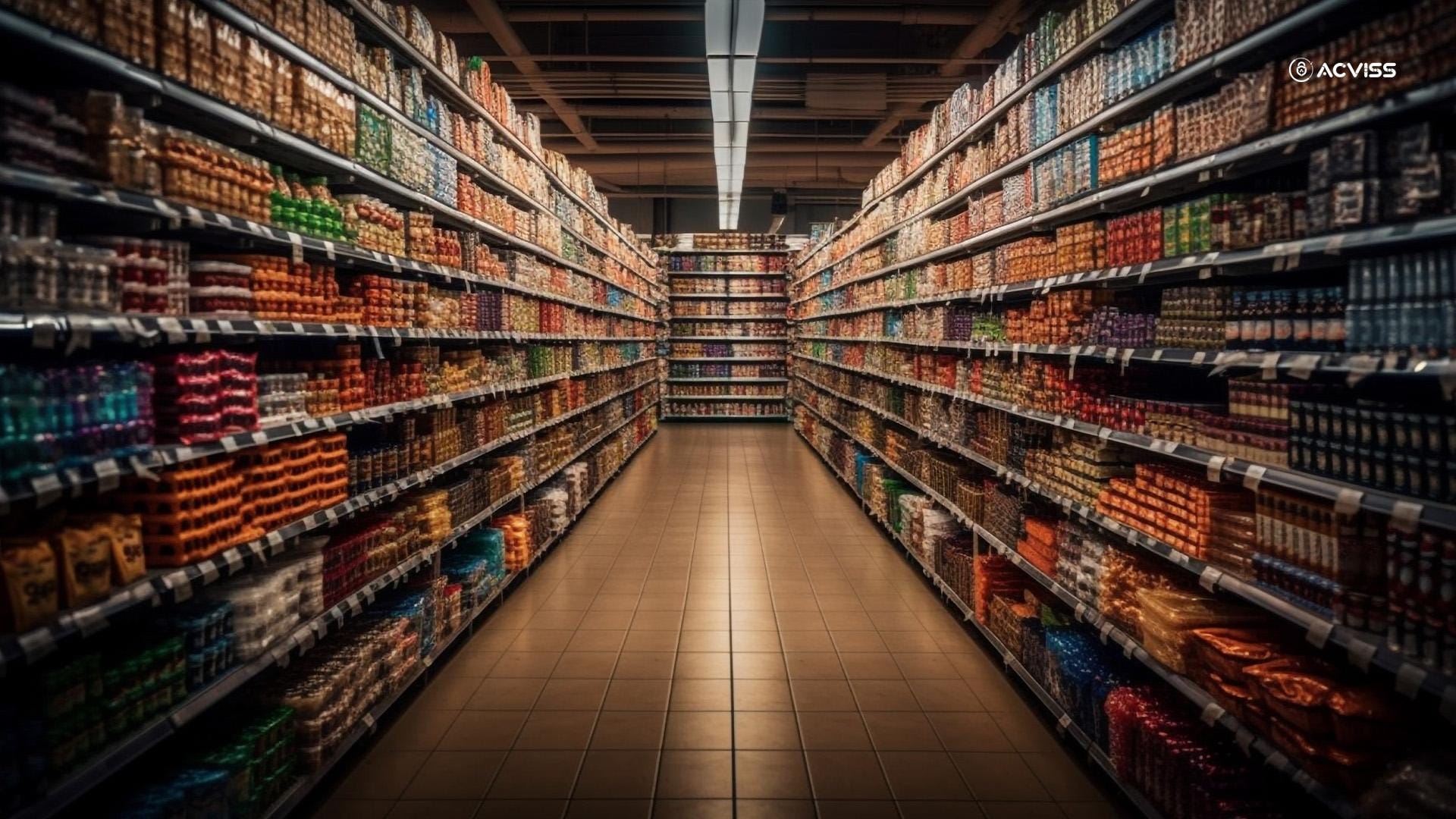
Industries
FMCG and Personal Care
From shampoos to skincare products, counterfeit goods are rampant. QR code authentication enables consumers to verify trademarks and ensure that what they buy is legitimate.
Food and Beverages
Traceability is paramount in this sector due to regulatory scrutiny and food safety risks. QR codes not only authenticate but also provide supply chain transparency, such as farm-to-fork details.
Pharmaceuticals and Nutraceuticals
Here, IP protection is closely tied to human health. QR codes backed by anti-counterfeiting technologies ensure patient safety while meeting strict global compliance requirements.
Luxury and Lifestyle Goods
The counterfeit luxury market thrives online. Embedding non-cloneable QR codes provides consumers with a straightforward way to conduct brand authentication before investing in premium goods.
The Role of Acviss: Non-Cloneable QR Code Solutions
While QR codes themselves can be duplicated, advanced solutions ensure they cannot be misused. This is where Acviss Certify and the Acviss Yellow Code play a vital role.
- Acviss Certify provides unique, non-cloneable security codes that act as a digital certificate for every product. Consumers can easily perform product authentication by scanning and verifying manufacturing details.
- Acviss Yellow Code enhances security further by embedding a non-replicable digital watermark into QR codes, creating a higher standard of brand authentication.
Together, these solutions make it nearly impossible for counterfeiters to infiltrate genuine product streams, strengthening both trademark protection and consumer trust.
Future Outlook: QR Codes as a Regulatory and Industry Standard

As anti-counterfeiting solutions evolve, QR codes are well-positioned to become a global standard across CPG packaging. Governments in markets like China, India, and the EU are increasingly mandating digital track and trace technologies, with QR codes leading the charge.
The scope for QR code authentication is expected to expand further with integration into emerging technologies such as:
- Blockchain for immutable product traceability
- AI-driven analytics for counterfeit detection
- IoT-enabled supply chains for real-time tracking
By embedding these innovations, brands will not only achieve compliance but also secure long-term competitive advantage.
Final Thoughts
The rise of QR code authentication signals a profound shift in how brands approach brand protection solutions, IP protection, and consumer trust. What began as a simple tool for engagement has now become a robust layer of product verification and track and trace capability.
For CPG brands, embracing this technology is no longer optional. It is the new standard in a market where counterfeiting grows more sophisticated by the day, and where consumers expect transparency at every step of their purchase journey.
Call to Action
Interested to learn more about how non-cloneable QR codes can protect your brand and ensure product authentication across the supply chain? Get in touch with us today.
